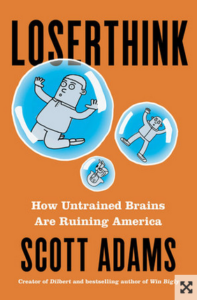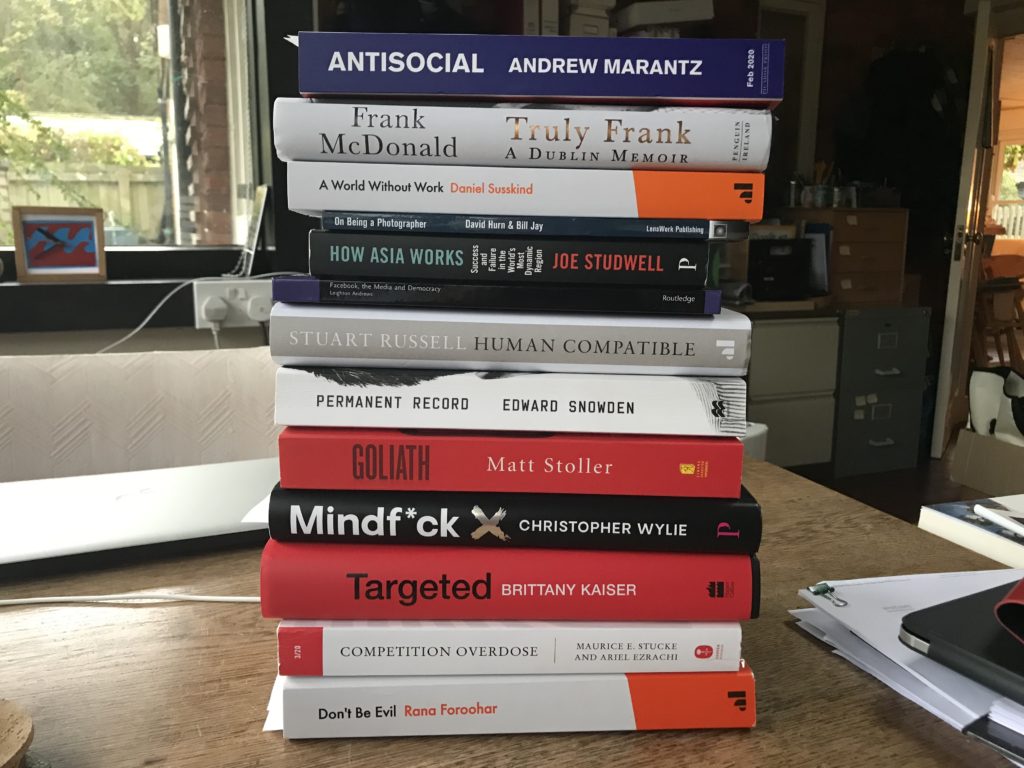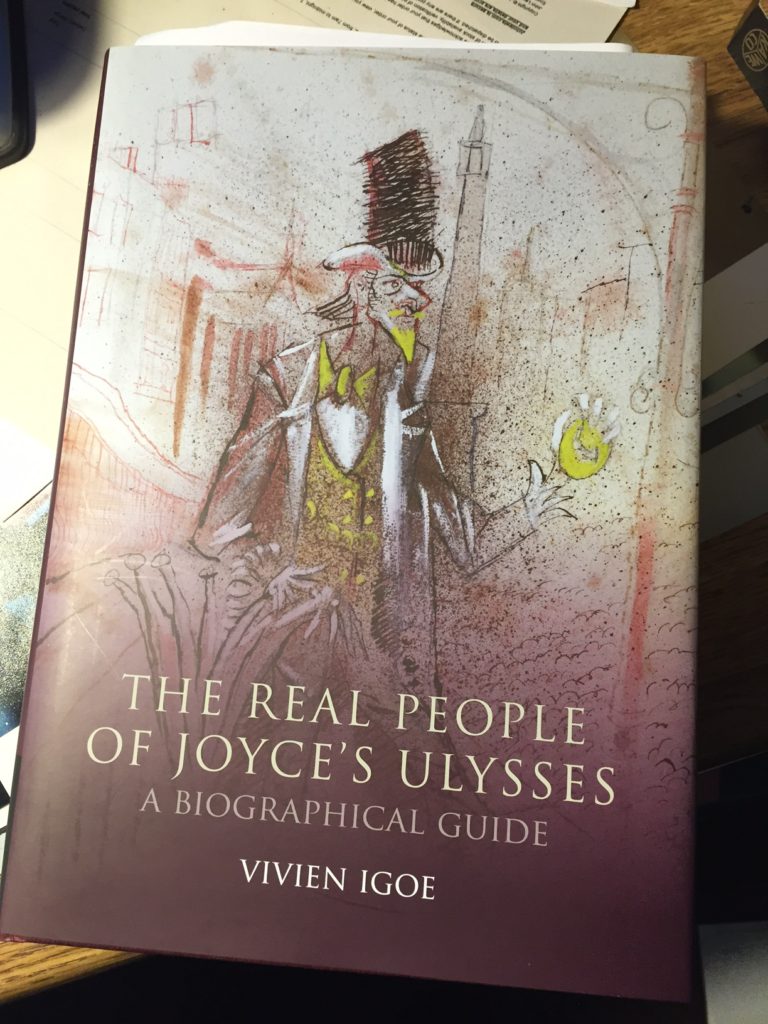Quarantine reading
If (as seems possible) some of us are going to be confined to barracks for a substantial period, it would make sense to lay in a stock of useful reading material. There’s always the final volume of Hillary Mantel’s Cromwell trilogy, of course. But for non-fiction addicts here’s a list of some books that, in one way or another, shed light on our current crisis. It’s worth remembering that (a) we’ve been here before, and (b) that pandemics hold up a mirror to human nature — and to society.
Albert Camus, The Plague
Published in 1947, this modern classic tells the story of a plague sweeping the French Algerian city of Oran. It asks a number of questions relating to the nature of destiny and the human condition. The characters in the book, ranging from doctors to holidaymakers to fugitives, all show the effects the plague has on a populace. Though set in the 1940s, the book is believed to be based on the cholera epidemic that killed a large percentage of Oran’s population in 1849 following French colonisation.
I was struck by a Guardian essay about the book by my Observer colleague, Ed Vulliamy, in 2015 during the Ebola epidemic in West Africa. “Most of us read The Plague as teenagers”, he wrote,
and we should all read it again. And again: for not only are all humankind’s responses to death represented in it, but now – with the advent of Ebola – the book works on the literal as well as metaphorical level.
Camus’s story is that of a group of men, defined by their gathering around and against the plague. In it we encounter the courage, fear and calculation that we read or hear in every story about West Africa’s efforts to curtail and confront Ebola; through its narrator, Dr Rieux, we can identify with the hundreds of Cuban doctors who went immediately to the plague’s Ground Zero, and those such as the Scottish nurse currently fighting for her life at the Royal Free Hospital in London.
Adam Kucharski, The Rules of Contagion: Why Things Spread and Why They Stop. Published earlier this year. The author is a mathematician who works at the London School of Hygiene and Tropical Medicine where he works on the mathematical analysis of infectious disease outbreaks. The book uncovers the underlying principles that drive contagion, from infectious diseases and online misinformation to gun violence and financial crises. It explains what makes things spread, why outbreaks look like they do, and how we can change what happens in future. It’s beautifully — and clearly — written (I’m reading it at the moment and can testify to that.) Funnily enough, I ordered it before COVID-19 hit the news, because I’m interested in the way that memes and conspiracy theories spread virally online. Serendipity rules OK.
Frank Snowden: Epidemics and Society: from the Black Death to the present, Yale, 2016. A real big-picture, long-view work of historical scholarship. examines the ways in which disease outbreaks have altered the societies through which they have spread — shaping politics, crushing revolutions, and entrenching racial and economic discrimination, affecting personal relationships, the work of artists and intellectuals, and the man-made and natural environments. Gigantic in scope, stretching across centuries and continents, Snowden’s account also seeks to explain the ways in which social structures have allowed diseases to flourish. “Epidemic diseases are not random events that afflict societies capriciously and without warning,” he writes. “On the contrary, every society produces its own specific vulnerabilities”. The New Yorker recently published an interview with Snowden which explores these questions. One passage in the conversation particularly stood out for me:
Epidemics are a category of disease that seem to hold up the mirror to human beings as to who we really are. That is to say, they obviously have everything to do with our relationship to our mortality, to death, to our lives. They also reflect our relationships with the environment—the built environment that we create and the natural environment that responds. They show the moral relationships that we have toward each other as people, and we’re seeing that today.
If you’re settling down for a long quarantine, this book will keep you absorbed for quite a while.
Randy Shilts, And the Band Played On: Politics, People and the AIDS Epidemic, Souvenir Press, 2011. A masterpiece of investigative reporting. Shilts covered the AIDS epidemic from 1982 for The San Francisco Chronicle, the only US newspaper willing to give its full attention to the epidemic. He traced the roots of AIDS beginning in 1976 to two events and focussing on the mysterious illness of a Danish physician working in Africa. Before the virus even had a name, it had leapt across continents and destroyed communities, while the world stood idly by. It was, after all, a disease that affected ‘only’ gay men. There are lots of echoes of the Trump Administration in Stilts’s account. Like the present President, Ronald Reagan’s budget cuts affected the programs that needed funding for the necessary research. His Administration also dismissed scientists, thereby delaying the discovery of pharmacological defences. Remind you of anyone? Other culprits include: the businesses whose decisions to keep blood banks unaccountable and bathhouses liberated helped to spread the disease; mainstream media, for its reluctance to report AIDS; and the blasé attitudes of political officials, public health authorities, and community leaders. There are heroes in this story too, of course. But somehow it’s the villains we remember. Will it be any different this time?
Daniel Defoe, A Journal of the Plague Year. Although a novel published in 1722, it’s really an early example of imaginative journalistic reportage. It’s an account of one man’s experiences of the year 1665, in which the bubonic plague struck the city of London. It’s presented as an eyewitness account of the events at the time, but Defoe was only five years old in 1665, and the book itself was published under the initials H. F. and is probably based on the journals of Defoe’s uncle, Henry Foe, who lived in London and survived the plague. It’s still a vivid read.
Dorothy Crawford, The Invisible Enemy: A Natural History of Viruses Published in 2000, this is an overview of the viruses that have wreaked havoc in the past. She looks at the havoc viruses have caused in the past, where they have come from, and the detective work involved in uncovering them. Finally, she considers whether a new virus could potentially wipe out the human race. It’s informative and readable. James Meek wrote an informative review of it for the London Review of Books in 2001.
Richard J. Evans, Death in Hamburg – Society and Politics in the Cholera Years 1830-1910 A terrific study by a formidable historian of the way Hamburg reacted when it was hit in 1892 by cholera.
Allan M. Brandt, No Magic Bullet – a social history of venereal disease in the United States since 1880 In a way, this book has echoes of the story told in Randy Shilts’s book on AIDS. Brandt demonstrates that Americans’ concerns about venereal disease have centered around a set of social and cultural values related to sexuality, gender, ethnicity, and class. At the heart of our efforts to combat these infections, he argues, has been the tendency to view venereal disease as both a punishment for sexual misconduct and an index of social decay. This tension between medical and moral approaches has significantly impeded efforts to develop “magic bullets”–drugs that would rid us of the disease–as well as effective policies for controlling the infections’ spread.
_____________________




